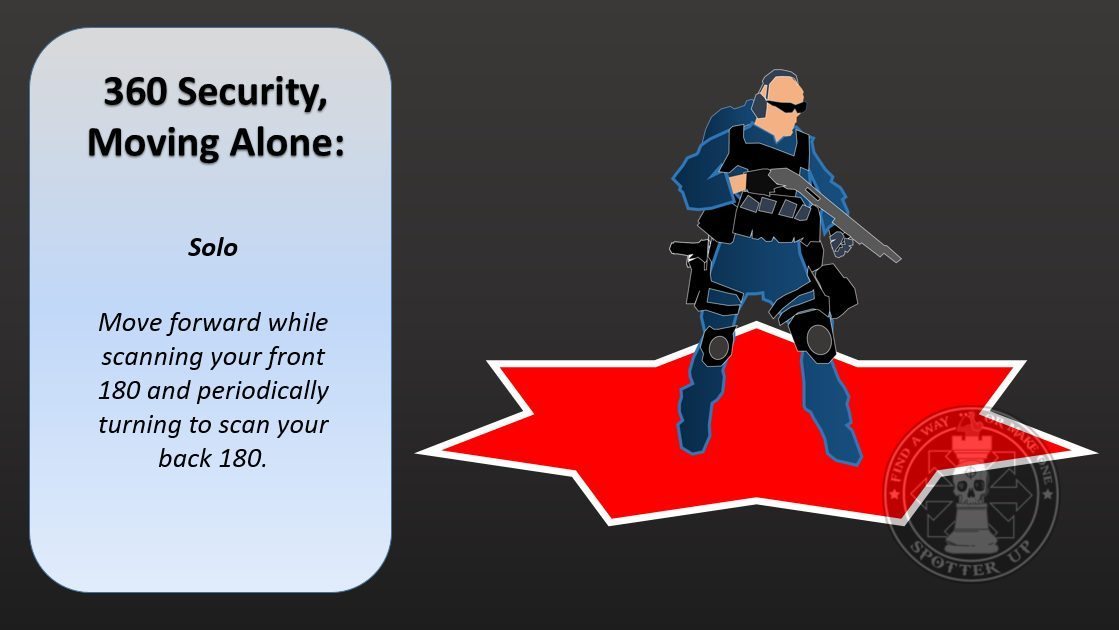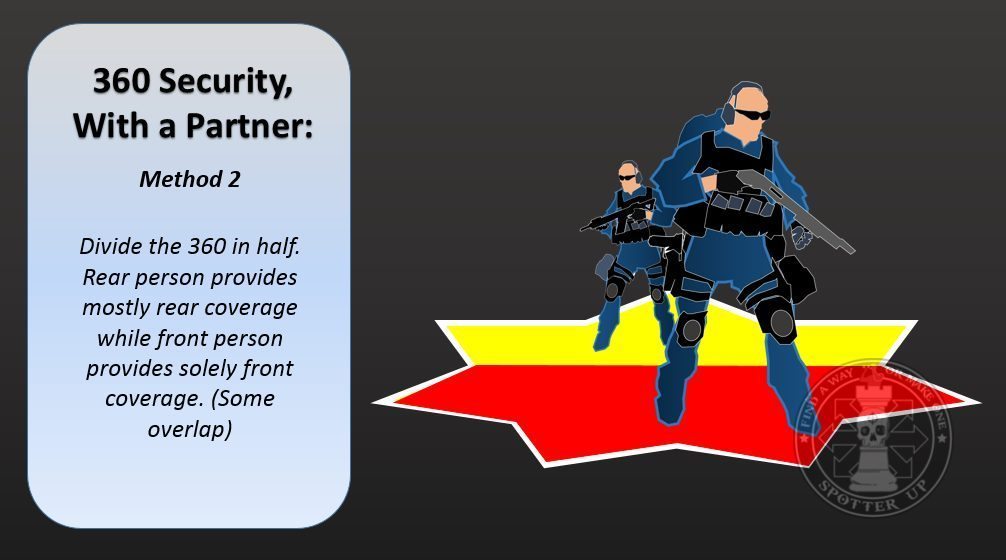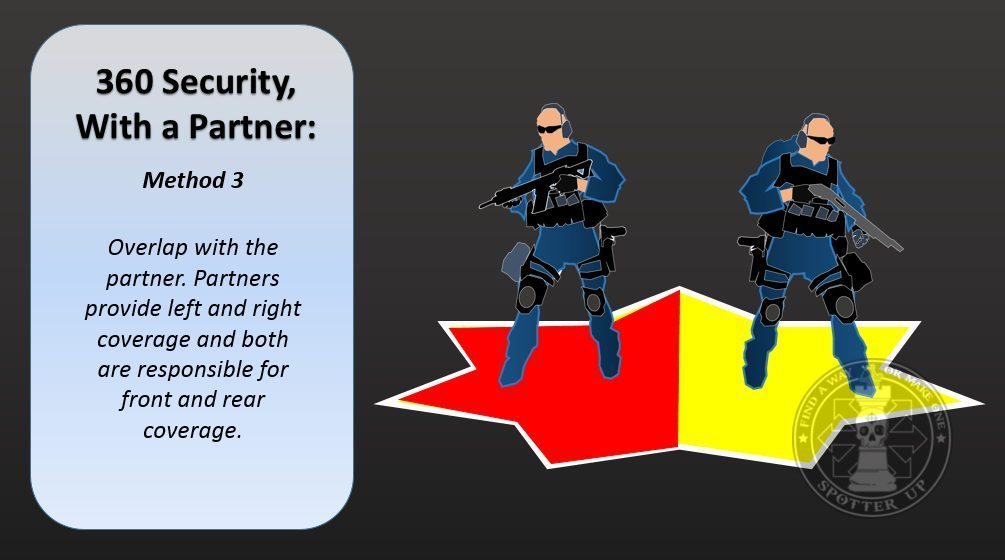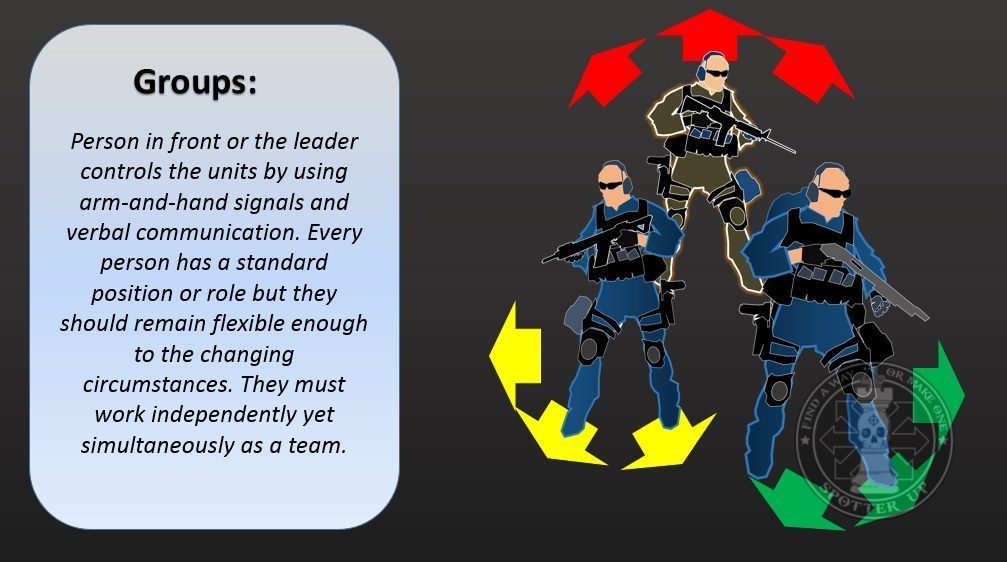A tactical formation (or order) is the arrangement or deployment of moving military forces such as infantry units.
- Traveling Solo: You must provide yourself 360 degree security when stopped or while on the move. As you move forward, scan your left and right flanks, to give yourself 180 coverage. Periodically turn around and check the back 180 as well.
- Traveling with a Partner:
- Partnered, Method 1: Divide the 360 coverage in half. There is a front and rear 180 degree coverage. You walk behind your partner or slightly offset. 360 degrees of coverage is created by each partner providing his own individual coverage, and simultaneously providing overlapping front and rear coverage for his partner.
- Partnered, Method 2: Divide the 360 coverage in half. There is a front and rear 180 degree coverage. You walk behind your partner or slightly offset. The rear partner provides most of the rear coverage while the lead person solely provides the front coverage.
- Partnered, Method 3: Divide the 360 coverage in half. There is a left and right 180 degree coverage. You walk side by side. One partner provides left-side coverage while the other partner provides right-side coverage. Each person’s area of responsibility overlaps with his partners.
- Partnered, Mutual Support: Each partner is responsible for their own security but they work together to attain 360 degree coverage. Allows greater distance between the two. Can split up and fight individually and harder to be tracked when split up.
- Partnered, Method 1: Divide the 360 coverage in half. There is a front and rear 180 degree coverage. You walk behind your partner or slightly offset. 360 degrees of coverage is created by each partner providing his own individual coverage, and simultaneously providing overlapping front and rear coverage for his partner.
- Traveling in Groups (3 or more people): The tactical concepts are the same for a large group as it is for a small group. The area of responsibility is smaller for each team member. The team leader can coordinate the rate and direction of travel. Group spacing is dependent on the environment; examples could be open and very hilly terrain, wide open plains or narrow hallways. Larger groups can split up into two groups or more groups or remain as one group .
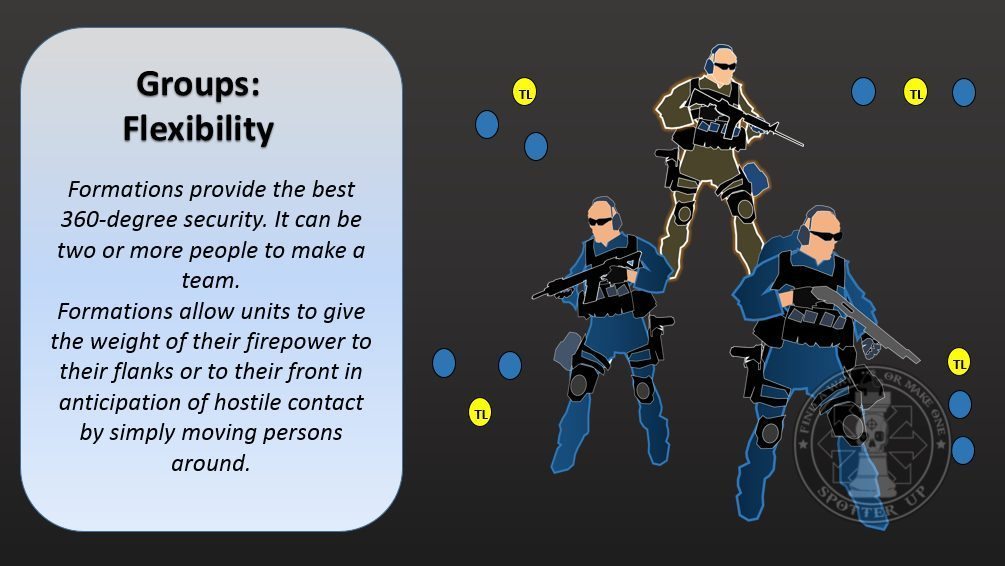
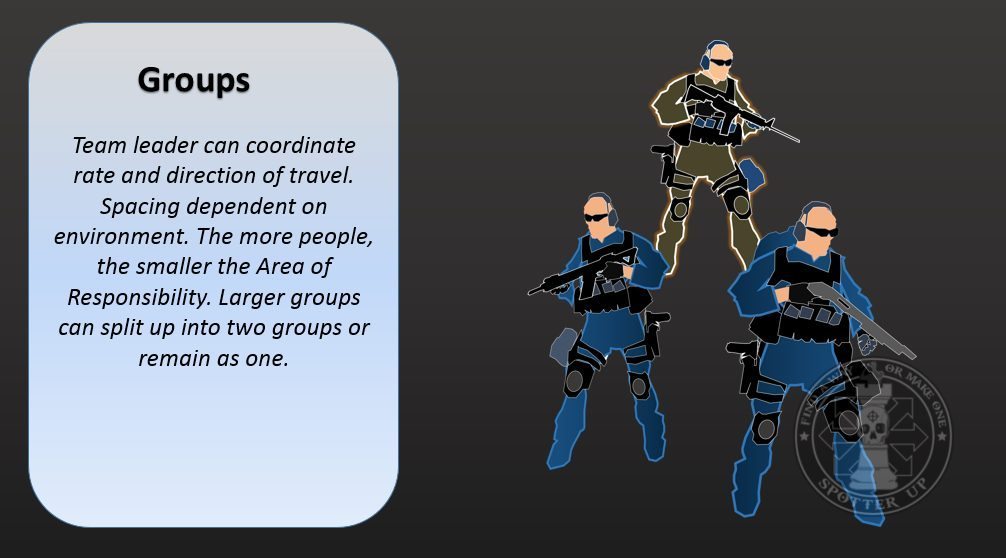
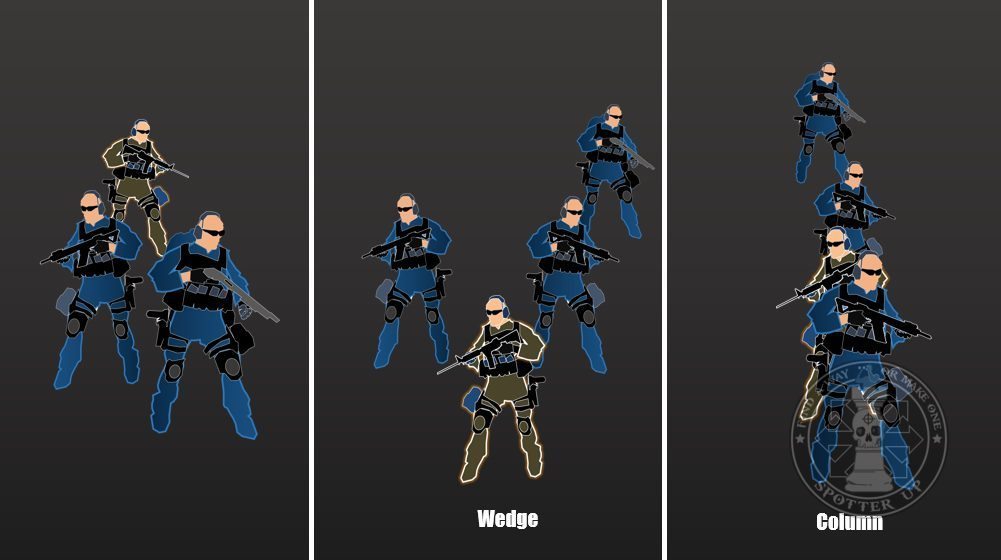
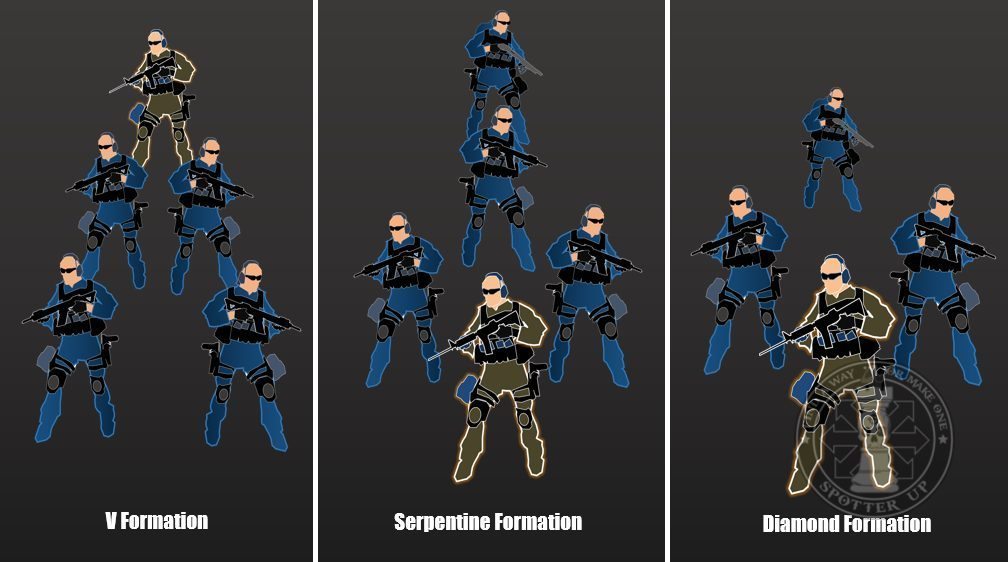

Some of the basic concepts to remember and practice:
- Always try to maintain 360 degree security
Picture Peshmerga soldiers courtesy of www.defense.gov


